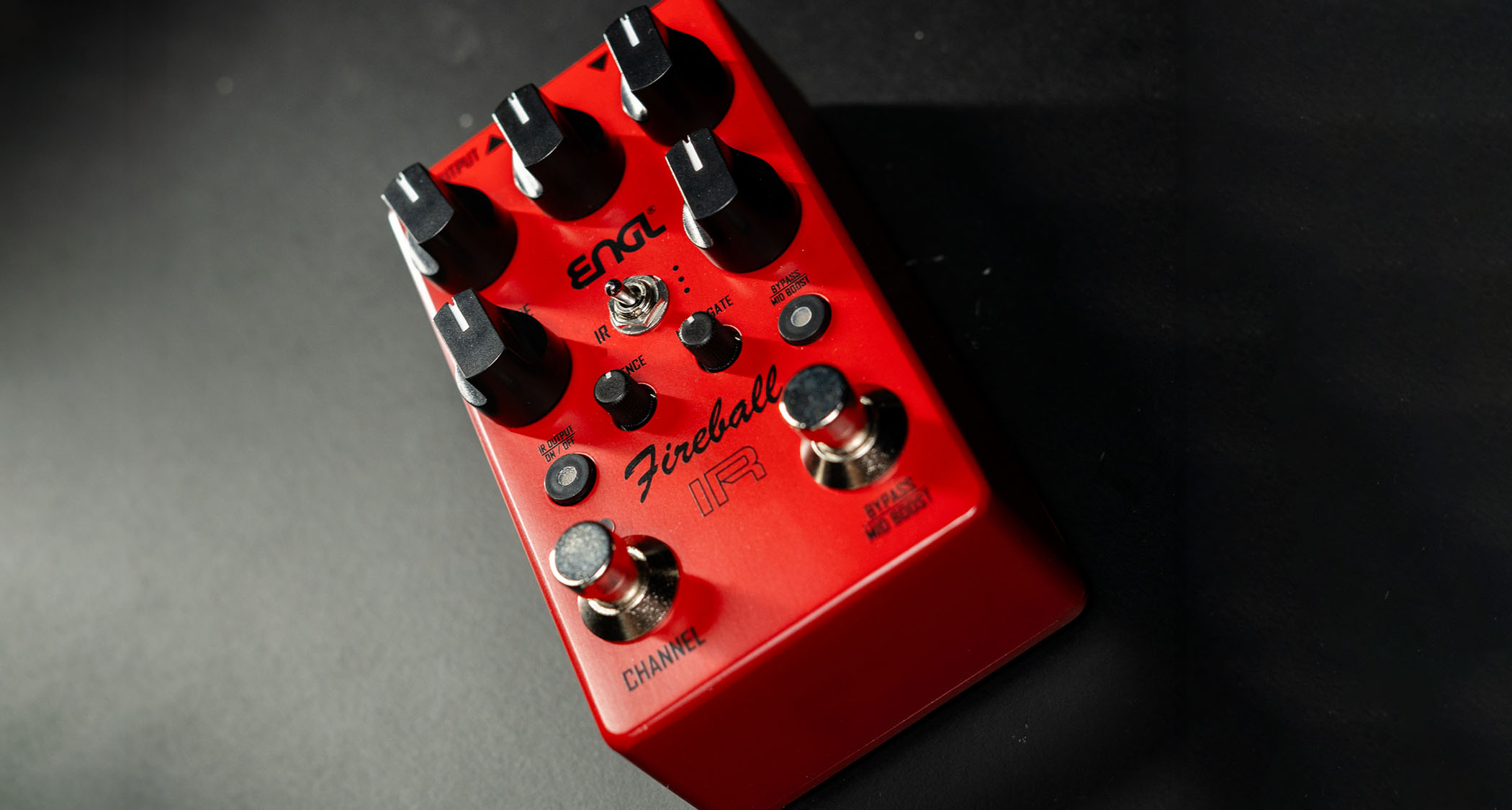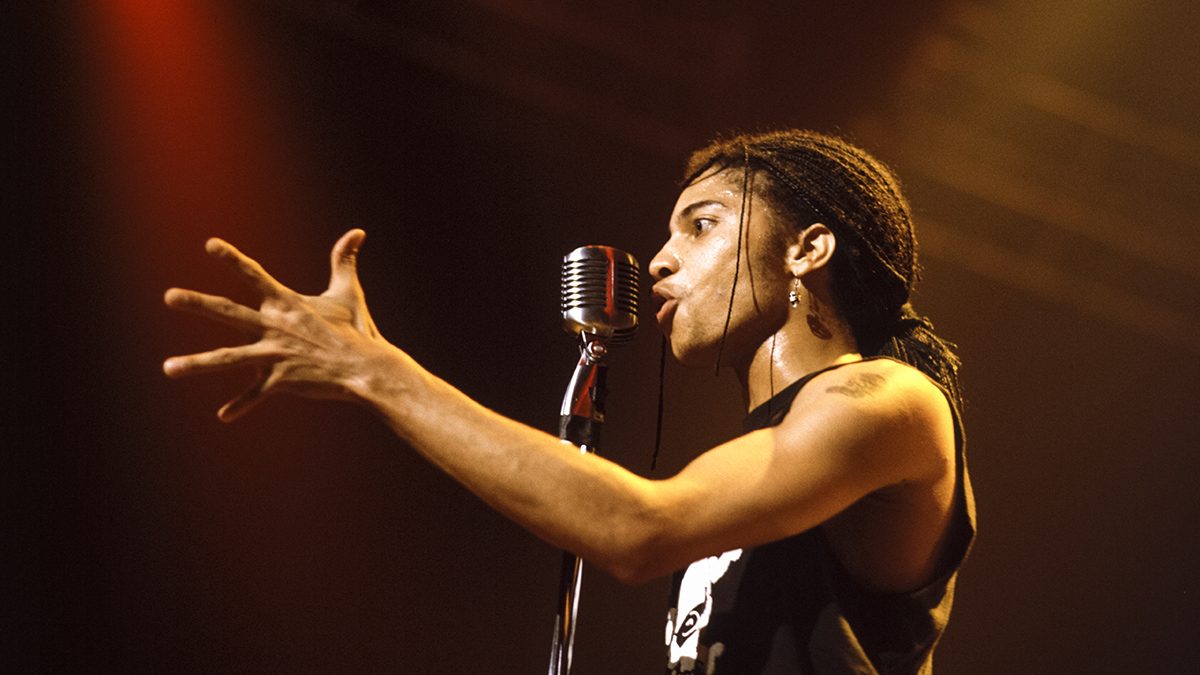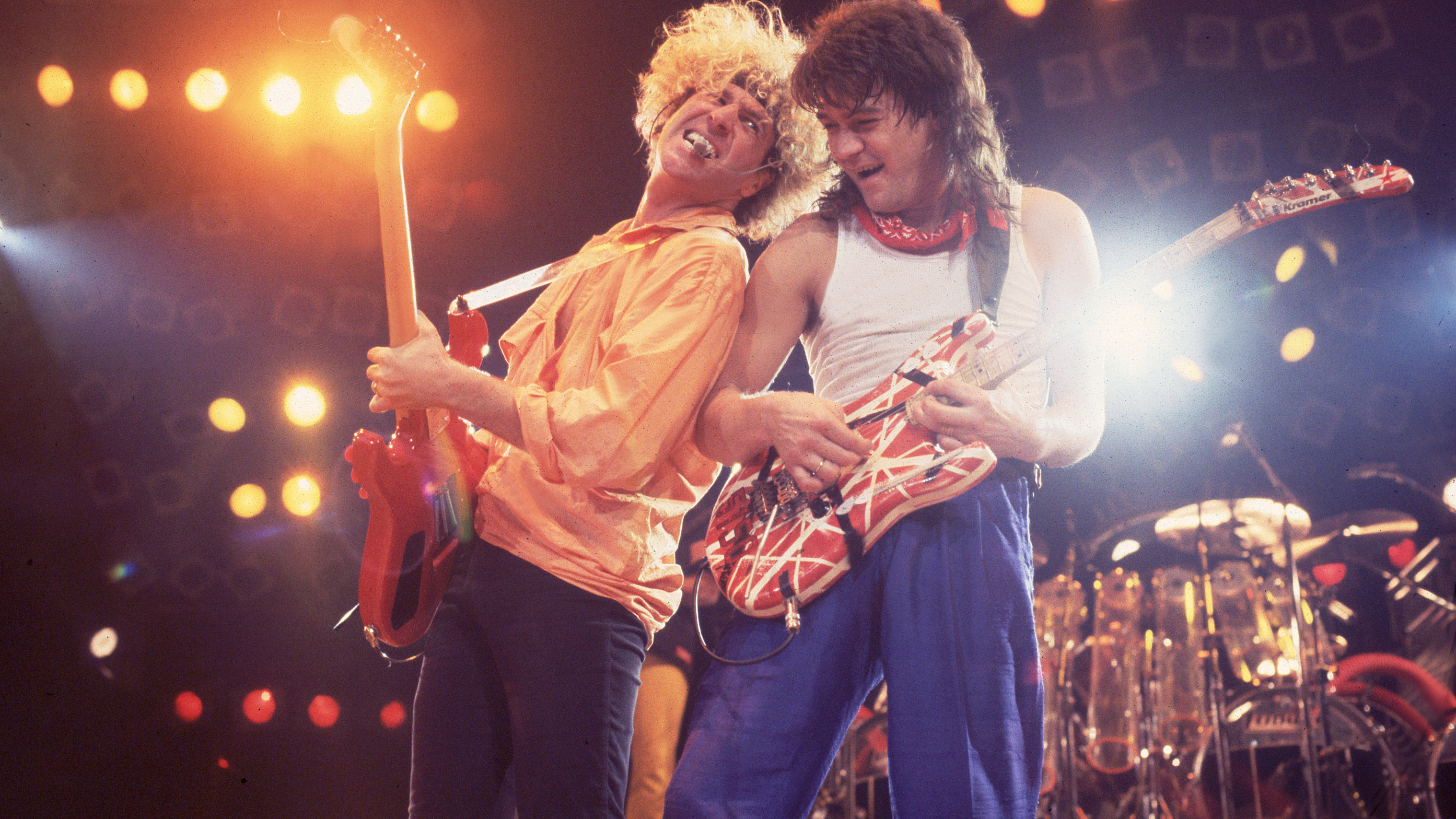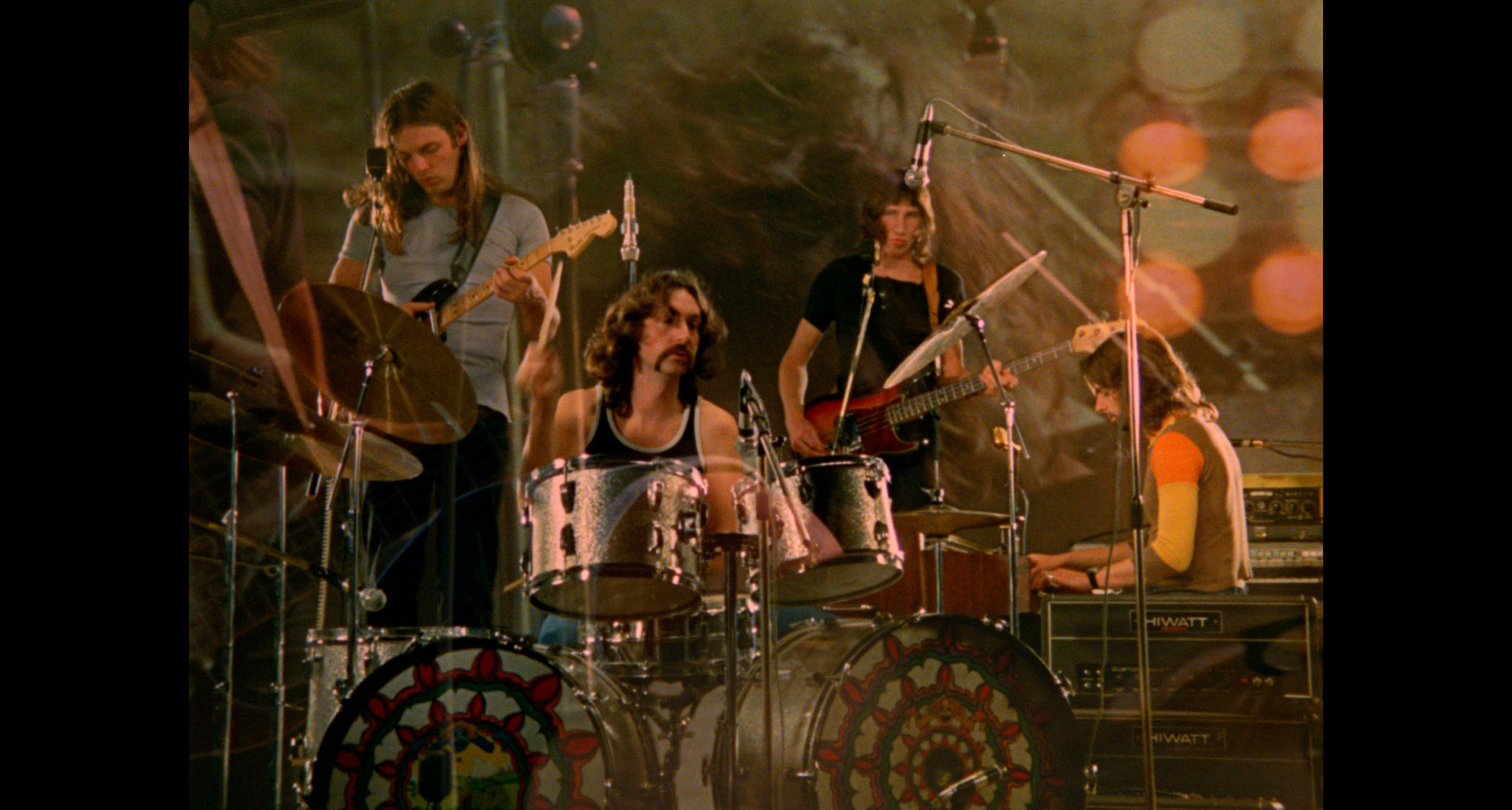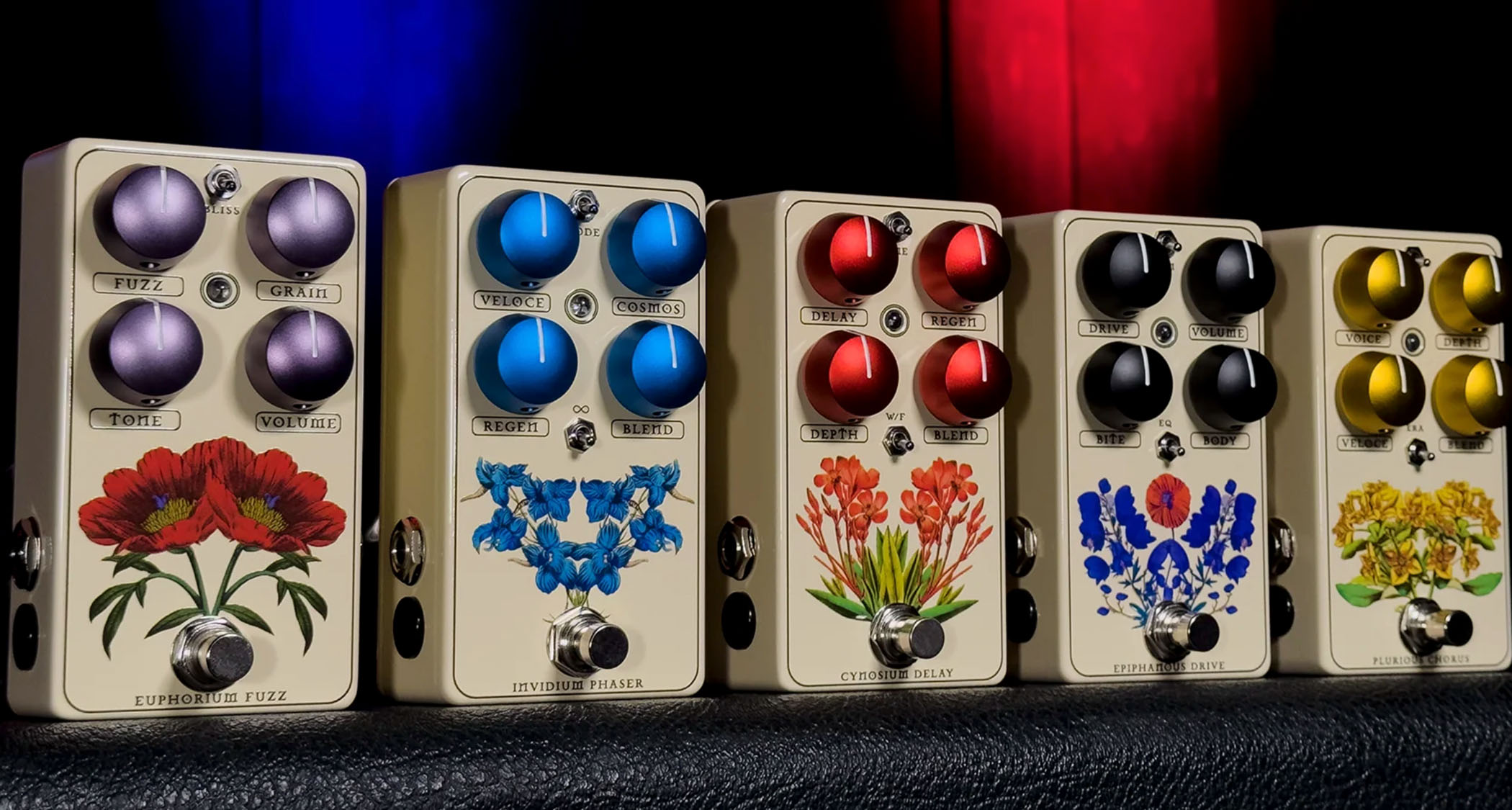“Each delay and reverb effect can also be ‘frozen,’ creating static ambient drones”: Mooer Audio adds upgraded 144-second looper to version two of Devin Townsend’s Ocean Machine
The deluxe delay and reverb has a new look, improved DSP algorithms, and once more presents a cornucopia of delay and reverb sounds with inventive ways to combine them
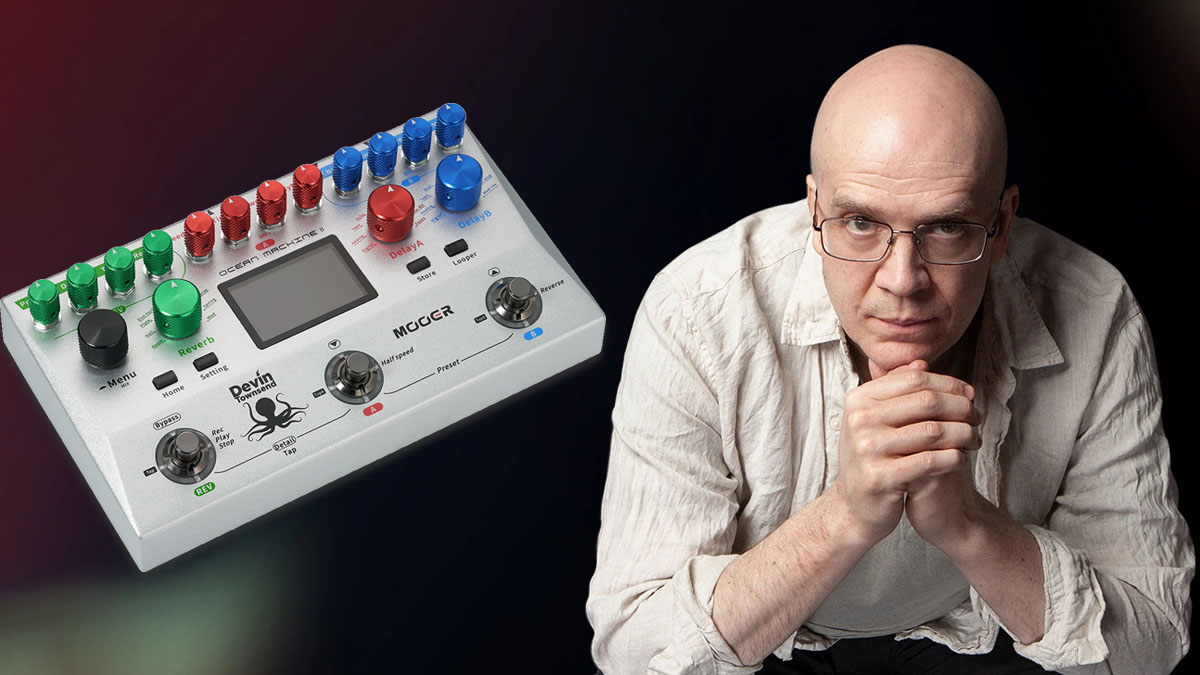
Mooer Audio has launched a new and improved version of the Ocean Machine, the all-purpose delay, reverb and looper pedal co-designed with progressive metal guitar maverick Devin Townsend.
The Ocean Machine II has a familiar control layout, with an LED screen, three footswitches and an initially intimidating array of knobs – four green for delay, four blue for reverb – and comes fresh out the box with an all-new metallic grey enclosure.
But many of the big updates are to the things you can’t see. Mooer Audio says it has retooled the DSP algorithms underpinning its complement of effects, and has put that to good use in upgrading the onboard looper, usurping the original’s 44 seconds with a much more respectable 120 seconds.
Such was the extraordinary sustaining power of Townsend’s signature delay and reverb pedal that there are probably still some guitar chords suspended in the air as the sequel is released. And the good news is that all this ambient soundscaping capability is retained and expanded on the new one.
Once more, this is a multi-effects pedal that lets you stack and combine delay, reverb and looper – and how you do that is very much up to you. For players who can’t get enough of ambient electric guitar tones, the Ocean Machine is a rabbit hole deeper than the Mariana Trench.

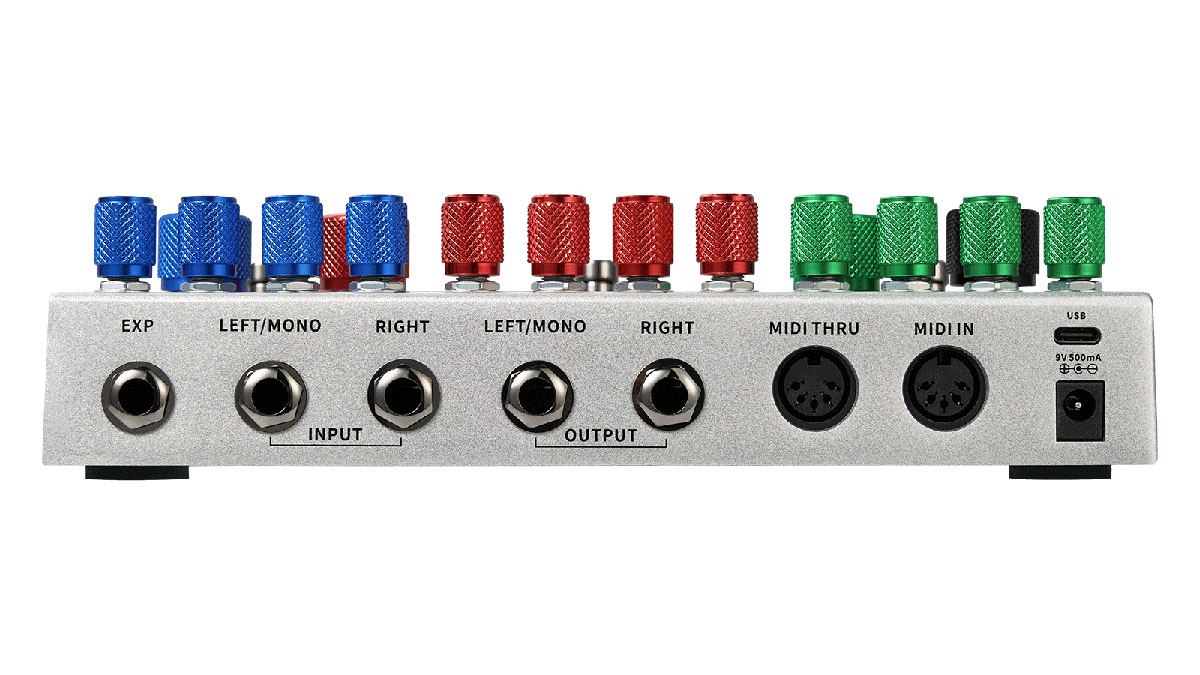
There are nine individual delay and reverb types, ranging from the vanilla everyday essentials to the whacked-out experimental ones your shoegazer friends warned you about.
All of these can be frozen in time and held indefinitely, and you can swap the order of the effects around, creating parallel or serial signal chain through them. Tap tempo is available as standard.
Get the MusicRadar Newsletter
Want all the hottest music and gear news, reviews, deals, features and more, direct to your inbox? Sign up here.
Your nine delay options include digital, analog, tape, echo, liquid, rainbow, crystal, low-bit, and fuzzy, each with a maximum delay time of two seconds.
Reverb options include the commonly found room, hall, plate and spring, and the more exotic reverse, modulated reverb, distorted reverb, filter reverb and – drum roll, please – flanger reverb, which is a sound you might also know as “Flerb” from the EHX Holy Grail reverb.
The Ocean Machine II has three footswitches, allowing for independent effect toggling, but with all this digital voodoo going on under the hood it’s the presets and how you can manage them that will make this such a hard-working addition to the pedalboard.
There are eight preset banks onboard, each with the capacity to store three settings (i.e. that’s 24 on the unit alone). You can sync things up with MIDI. upgrade firmware via USB, connect an expression pedal or, better still, one of Mooer’s F4 wireless footswitches.
The Ocean Machine II is out now, priced £231 street. See Mooer Audio for more details.
Jonathan Horsley has been writing about guitars and guitar culture since 2005, playing them since 1990, and regularly contributes to MusicRadar, Total Guitar and Guitar World. He uses Jazz III nylon picks, 10s during the week, 9s at the weekend, and shamefully still struggles with rhythm figure one of Van Halen’s Panama.
“He seems to access a different part of his vast library of music genre from the jukebox-in-his-head! This album is a round-the-world musical trip”: Joe Bonamassa announces new album, Breakthrough – listen to the title-track now
"The Rehearsal is compact, does its one job well, and is easy to navigate without needing instructions": Walrus Audio Canvas Rehearsal review



